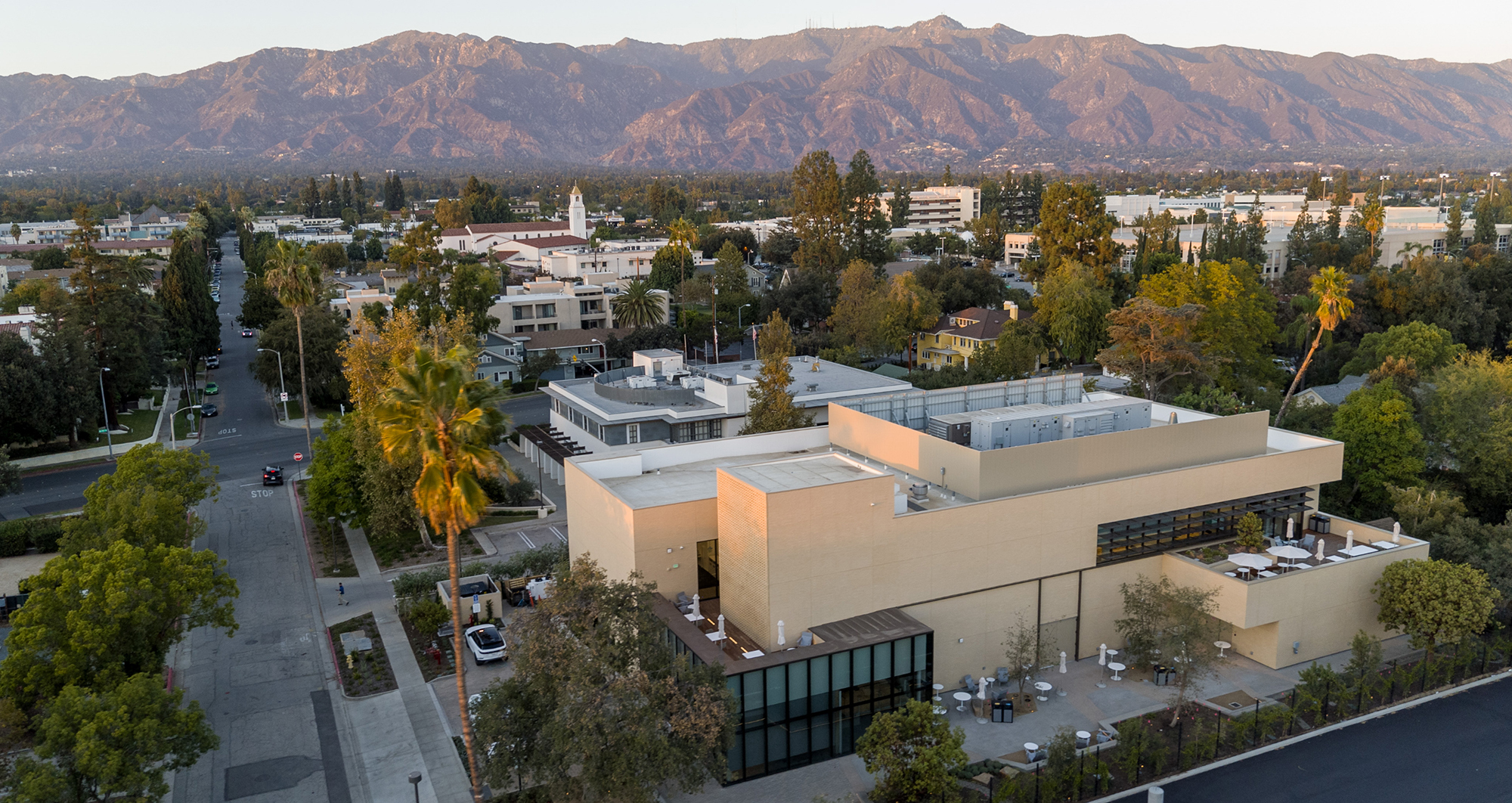Researchers in France used high performance computing (HPC) from Amazon Web Services (AWS) to isolate two chemical compounds that might slow or stop the spread of COVID-19, and potentially reduce its severity. The discoveries were made by analyzing the molecular structures of a key "protease," a large molecule responsible for regulating chemical reactions in the virus. With a deeper understanding of the molecule’s unique structural characteristics, the researchers detected vulnerable areas of the protease and matched the weaknesses to two novel synthesizable compounds—in other words, new potential medicines. If you think of the protease as an impossibly large skyscraper with millions of locked doors, AWS's suite of HPC systems allowed the researchers to sort through and find the correct keys to unlock new compounds and treatments at a pace far faster than in the past.
"Previously, such efforts would have taken months, if not years," said Robert Marino, CEO of Qubit Pharmaceuticals, which collaborated with researchers from Italy, France, Switzerland, and Enamine, a chemistry company, to conduct the analysis and synthesis of the compounds. "Now, we are able to make these discoveries in months." The compounds will go on to be tested in a preclinical environment, and their efficacy as a treatment or cure will be evaluated by regulators.
Though the power of cloud computation is already impressive, Marino said the impact and ability of applying massive compute power to isolate new compounds and find new cures will only increase over the next five to 10 years. Much of the medical and biological research community has its eye on the development of quantum computing, a form of computational processing that uses the variable states of quantum mechanics—the forces within atoms—to store information, rather than using traditional 1s and 0s to store bits.
While quantum computing is in its early days, the ambition of researchers working at Qubit and places like the AWS Center for Quantum Computing at Cal Tech is to unlock the power of quantum computing to exponentially speed up computing tasks. The speed increases researchers anticipate for certain computing tasks are mind-bending. For example, a problem that a traditional supercomputer would solve in 10,000 years could, in theory, take a quantum machine mere minutes. In other words, solving problems that are essentially impossible with classical computing becomes possible when we move to the quantum computing realm.
According to Marino, quantum computing's true value to medical research won't be as much the speed of processing as the degree of complexity a quantum computer can handle when solving problems. Biological molecules exist in mind-bogglingly intricate systems. Proteins, sugars, fats, DNA, RNA, and a host of chemical markers in between all interact, bend, change shape, split, and grow around each other. Additionally, researchers must understand the effects of temperature, pressure, salinity, and environmental variables that cause a molecule to change shape and property. Being able to map all these factors at one time and perform analysis—instantly—is where the future of medical research lies, said Marino. So far, only quantum computing suggests the power to handle that much data and computational cost.
Still, the discovery of these two potential COVID-19 treatments relied on an impressive array of high-powered computing systems. The Laboratory of Theoretical Chemistry at Sorbonne University built the original map of COVID-19 in May 2020, as infections skyrocketed. They leaned on France's national supercomputing center and AWS services to perform the simulations and model the proteins that form coronaviruses.
Further simulations were performed in the AWS Cloud with funding from special COVID-19 grants AWS awarded to accelerate treatments and cures for the disease. In addition, the research teams relied on Amazon Elastic Compute Cloud (Amazon EC2) with NVIDIA graphic processing units and EC2 On-Demand to scan through the vast chemical libraries, which indexed the potential cures; Amazon Elastic File System (Amazon EFS) provided the researchers with scalable and encrypted file storage; and Tinker-HP, deployed on AWS, provided high-performance molecular dynamics software. Using these tools, the team could explore enormous data libraries and vet potential cures that might have previously been omitted due to time and cost.
COVID-19 is only one disease this HPC computing approach is targeting, Marino said. Qubit is also using its proprietary software with AWS's computing and analytics services to find potential cures for cancer and other critical diseases.
Trending news and stories












